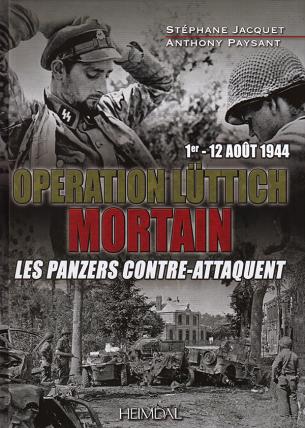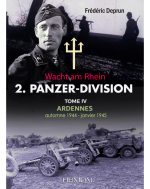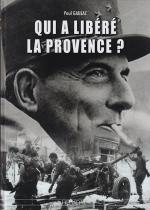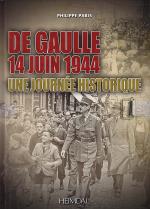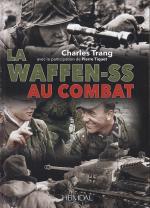Barely two months after D-Day in Normandy, Operation Cobra allowed the Allies to reach the gates of Brittany in record time. Deeply pushed in on its left flank, the German front in Normandy was on the verge of collapse. Still stunned by the assassination attempt of July 20, Hitler was undecided about withdrawing his troops from this theater of operations. Against the advice of his generals, the Führer planned a large-scale Panzer counterattack alone – under the code name Operation Lüttich – in order to cut off the American armored forces advanced beyond Avranches from their rear. If successful, Patton's 3rd U.S. Army would find itself isolated, if not crushed. On the Western Front, the German army could then straighten out and stabilize its positions in order to – according to Hitler – later push the Allies back into the sea.
At dawn on August 7, 1944, more than 300 German tanks launched themselves towards the west, through the lines of the VII US Army Corps. In both camps on the Normandy front, Mortain became the keystone where everything would be decided! There, the spotlights of the Allied general staffs focused on the 30th US Infantry Division which, during six days of fierce fighting, took the brunt of the shock of Lüttich. For a short time, Mortain nevertheless became the epicentre of one of the most decisive battles of the Second World War. The tenacity of the Old Hickory division at Mortain allows the remnants of the Allied forces to draw the Falaise Pocket by referring the main ones to Hausser's 7th Army, thus ending the Battle of Normandy.
A precise specialist in the fighting at Mortain, Anthony Paysant has made very enlightening recent discoveries. With Stéphane Jacquet - a specialist in the Battle of Normandy - they offer the reader a rigorous and detailed account of the Battle of Mortain, day by day and hour by hour. They make us relive the titanic battles fought by the G.I.s against Hitler's elite armored troops, inviting us to return to the field more than 75 years later. Accompanied by maps, the book is based on the units' march logs and testimonies - largely unpublished -, also presenting hundreds of photos.
